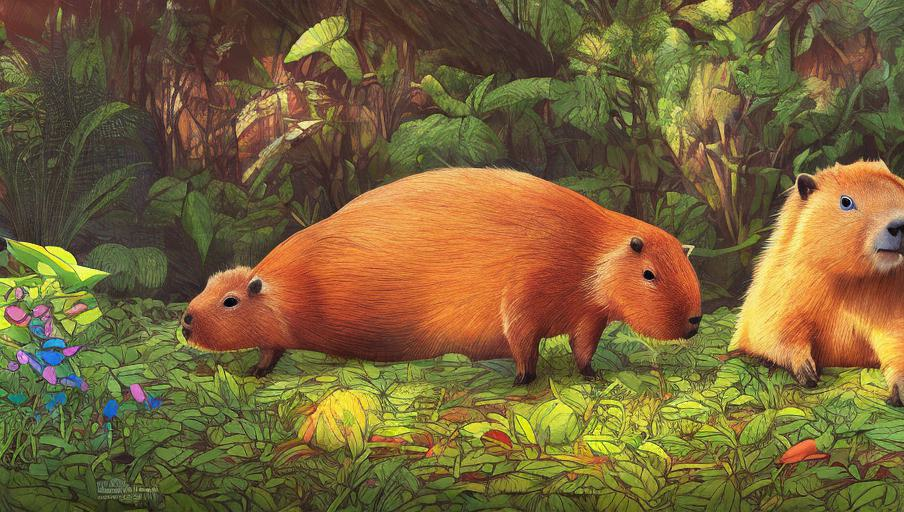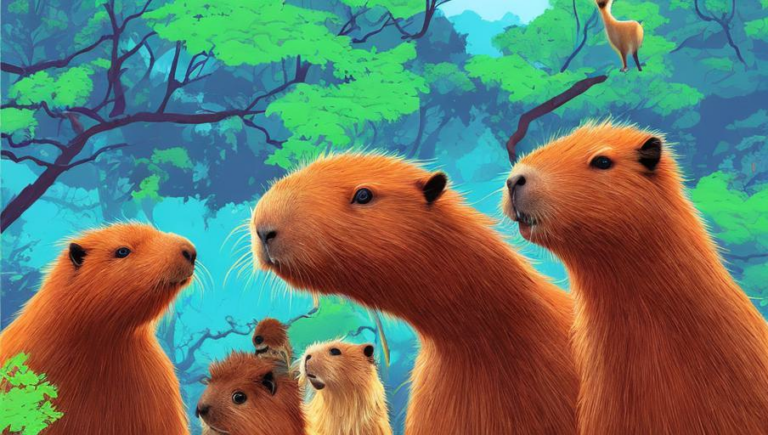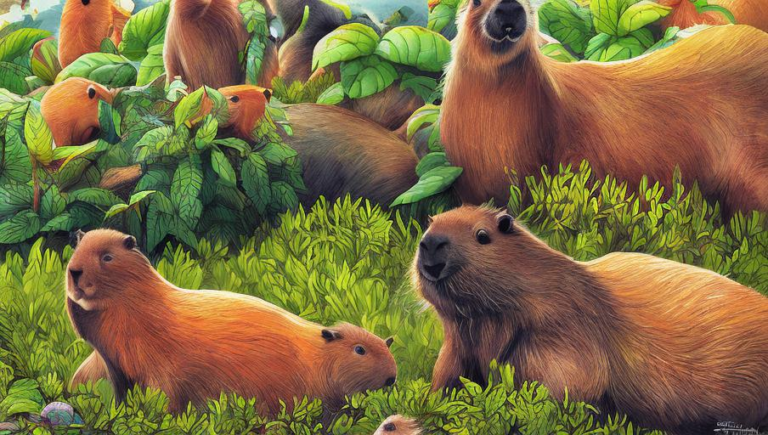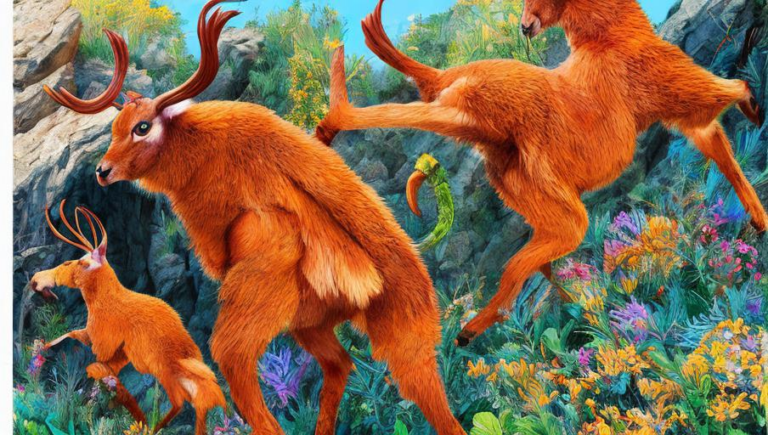Living in Harmony: How to Coexist with Capybaras

The Capybara: An Introduction
The capybara is the largest rodent in the world, and it is native to South America’s tropical and subtropical regions. Its scientific name is Hydrochoerus hydrochaeris, and it is part of the Caviidae family. It inhabits marshes, dense forests, and savannas, and it can be found near rivers and streams. Capybaras are semi-aquatic and can swim, which allows them to escape from predators and find food.
Capybaras are social animals and live in groups of 10-20. Each group has a dominant male, and a hierarchy is established by means of vocalizations and scent marking. The capybara’s diet consists mostly of grasses, aquatic plants, and fruits, and they can consume up to 8 pounds of vegetation daily.
Threats to the Capybara
Capybaras are threatened by habitat destruction and their meat is also sought after by humans for food. They are also hunted for their hides, and their habitats are being destroyed due to agricultural expansion, urbanization, and logging. As a result, the capybara population is in decline.
Coexisting with Capybaras
It is possible to coexist peacefully with capybaras, and there are several things that can be done to ensure their safety and protect their habitats. First, it is important to respect their natural environment and not disturb them or their habitat. Additionally, keeping pet capybaras is illegal in most countries, as they require a special permit and require a large enclosure with plenty of vegetation and water.
In addition, it is important to protect their habitat by limiting activities such as logging and agricultural expansion. Planting native vegetation can also help provide a natural food source for capybaras and other wildlife. Finally, it is important to be mindful of the capybara’s presence and to stay a safe distance away from them.
Conclusion
Capybaras are an important part of South America’s natural ecology, and it is essential that we protect their habitats and coexist peacefully with them. By respecting their environment and protecting their habitats, we can ensure the long-term survival of the capybara species.





